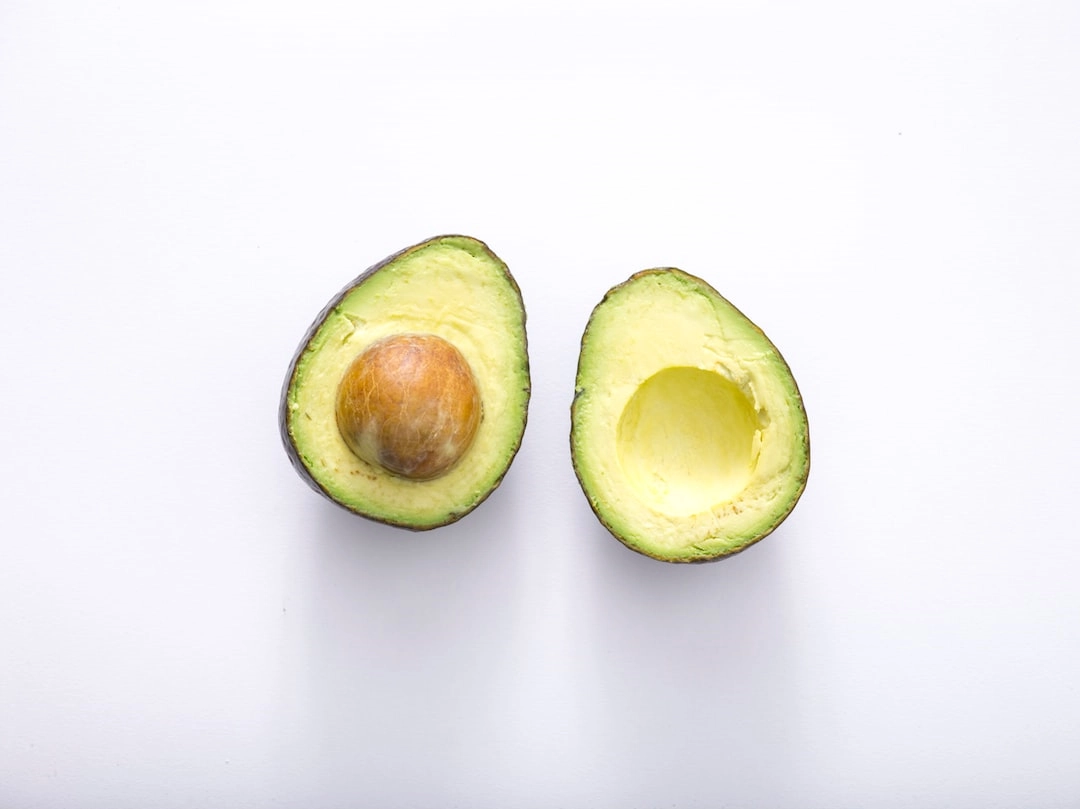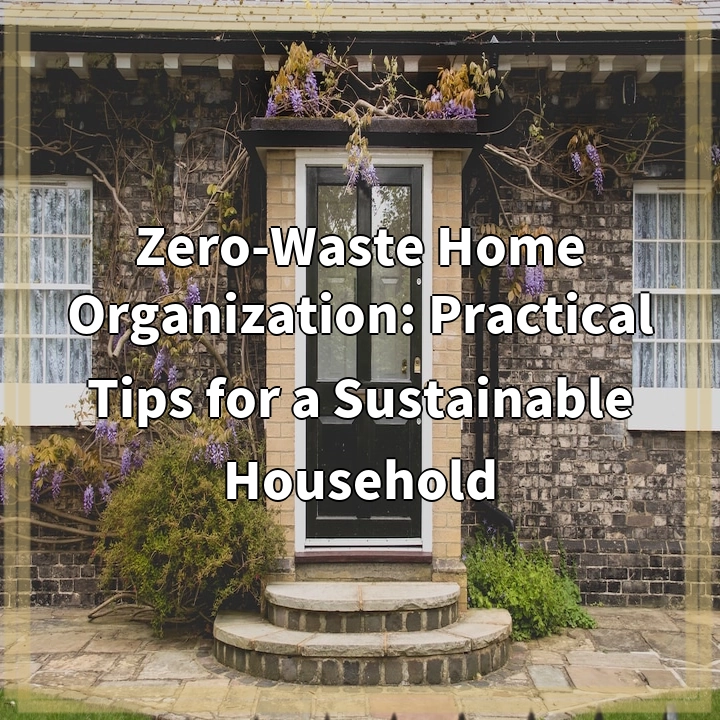
What is Sustainable Food Preservation?
Sustainable food preservation refers to the practice of extending the shelf life of food while minimizing waste and environmental impact. It involves various techniques and technologies that help maintain the freshness and nutritional value of food, allowing it to be consumed at a later time instead of being discarded.
Real-World Problems Associated with Sustainable Food Preservation
1. Food Waste: One of the major challenges in the food industry is the staggering amount of food waste generated throughout the supply chain. Inadequate preservation methods contribute to this issue, leading to significant economic, environmental, and social costs.
2. Energy Consumption: Many conventional food preservation methods, such as refrigeration and freezing, require substantial energy inputs. This reliance on energy-intensive processes adds to the carbon footprint associated with food preservation and contributes to climate change.
3. Chemical Additives: Some traditional food preservation techniques involve the use of chemical additives that can have adverse effects on human health and the environment. The presence of preservatives, artificial flavors, and colors in processed foods can lead to various health concerns.
4. Packaging Waste: To prolong the shelf life of food, excessive packaging is often used. This results in a significant amount of single-use plastic waste that ends up in landfills or pollutes natural ecosystems.
5. Accessibility and Distribution: In many regions, particularly those with limited access to reliable electricity and infrastructure, preserving food for extended periods can be challenging. This leads to difficulties in ensuring food security and availability, especially in remote areas or during natural disasters.
Conclusion
Sustainable food preservation is a crucial aspect of reducing food waste and minimizing the environmental impact of food production. Addressing the real-world problems associated with food preservation requires a shift towards innovative and eco-friendly techniques, such as low-energy drying methods, fermentation, and vacuum sealing, among others. By adopting these practices, we can maximize freshness, minimize waste, and work towards a more sustainable and resilient food system.

Solutions for Sustainable Food Preservation
1. Innovative Preservation Techniques: Embracing innovative methods like high-pressure processing, modified atmosphere packaging, and freeze-drying can help extend the shelf life of food without compromising its quality or nutritional value. These techniques require less energy and minimize the need for chemical additives.
2. Intelligent Packaging: Implementing smart packaging solutions, such as temperature and moisture sensors, can help monitor and maintain optimal conditions for food storage. This reduces spoilage and extends shelf life, ensuring minimal food waste.
3. Local and Seasonal Food: Promoting the consumption of local and seasonal produce helps reduce the need for extensive preservation efforts. By sourcing food from nearby farms and gardens, we can tap into the natural freshness and reduce the carbon footprint associated with long-distance transportation.
4. Community-Based Preservation: Encouraging community initiatives for food preservation, such as community canning and collective freezing, fosters a sense of shared responsibility while maximizing resources and minimizing waste. These activities also promote knowledge exchange and foster community engagement.
5. Education and Awareness: Increasing public awareness about the importance of sustainable food preservation and its impact on reducing food waste is crucial. Educating individuals on proper storage techniques, recognizing expiration dates, and utilizing leftovers effectively can lead to significant reductions in food waste on both household and societal levels.
Conclusion
By implementing these solutions, we can promote sustainable food preservation practices that maximize freshness, minimize waste, and contribute to a more resilient and environmentally friendly food system. Through a combination of innovative techniques, intelligent packaging, local sourcing, community involvement, and education, we can work towards a future where food preservation aligns with environmental sustainability goals.















